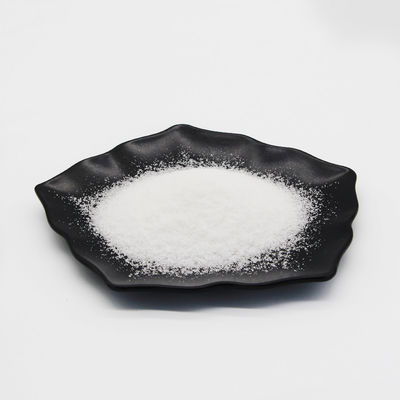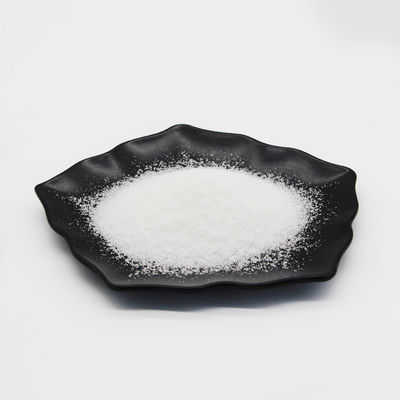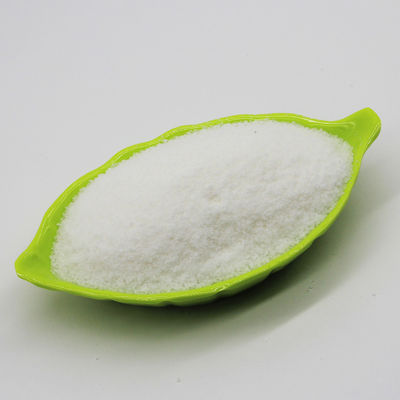Cationic Polyacrylamide Flocculant PAM For Water Treatment And Sludge Dewatering
Cationic polyacrylamide (CPAM) is a linear polymer compound that can form hydrogen bonds with a variety of substances. According to the national standard, the ion content of cationic polyacrylamide should be 10%-80% in order to be called qualified cationic polyacrylamide.
Cationic polyacrylamide series products are the most widely used water-soluble polymers. Because they have a variety of active groups, they can interact with many substances and form hydrogen bonds through adsorption. It can flocculate negatively charged colloids and has the properties of turbidity removal, decolorization, adsorption and adhesion. Used for wastewater treatment in printing and dyeing, papermaking, food, construction, metallurgy, mineral processing, oil field and aquatic product processing and fermentation industries. It is especially suitable for cities. Flocculation and dehydration treatment of industrial sludge such as sewage, sludge and papermaking.
| Product number |
degree of ionization |
Solid content |
Dissolution time |
| C8016 |
10% |
≥90% |
≤90 Min |
| C8026 |
20% |
≥90% |
≤90 Min |
| C8036 |
30% |
≥90% |
≤90 Min |
| C8046 |
40% |
≥90% |
≤90 Min |
| C8056 |
50% |
≥90% |
≤90 Min |
| C8066 |
60% |
≥90% |
≤90 Min |
The use of the polyacrylamide follows the following principles:
1. Granular polyacrylamide cannot be added directly to sewage. It must be dissolved in water before use, and its aqueous solution is used to treat sewage.
2. The water used to dissolve the granular polymer should be clean (such as tap water). Water at room temperature is sufficient, and heating is generally not required. The water temperature below 5°C dissolves very slowly. Increasing the water temperature will speed up the dissolution rate, but above 40°C will accelerate the degradation of the polymer and affect the use effect. Generally, tap water is suitable for preparing polymer solutions. Strong acid, strong alkali, and high salt water should not be prepared.
3. The recommended concentration of polymer solution is 0.1%-0.3%, that is, 1g-3g polymer powder is added to 1 liter of water.
The following factors should be considered when selecting PAM concentration:
The preparation tank is small and the daily dosage is large. It is recommended to prepare a slightly thicker one (for example, 0.3%).
When the molecular weight of the polymer is very high, it is recommended to prepare a slight diluent (such as 0.1%).
When pouring the polymer solution into the sewage, if the dispersion conditions are not good due to equipment reasons, it is recommended to prepare a slightly diluted diluent.



 Your message must be between 20-3,000 characters!
Your message must be between 20-3,000 characters! Please check your E-mail!
Please check your E-mail!  Your message must be between 20-3,000 characters!
Your message must be between 20-3,000 characters! Please check your E-mail!
Please check your E-mail!






